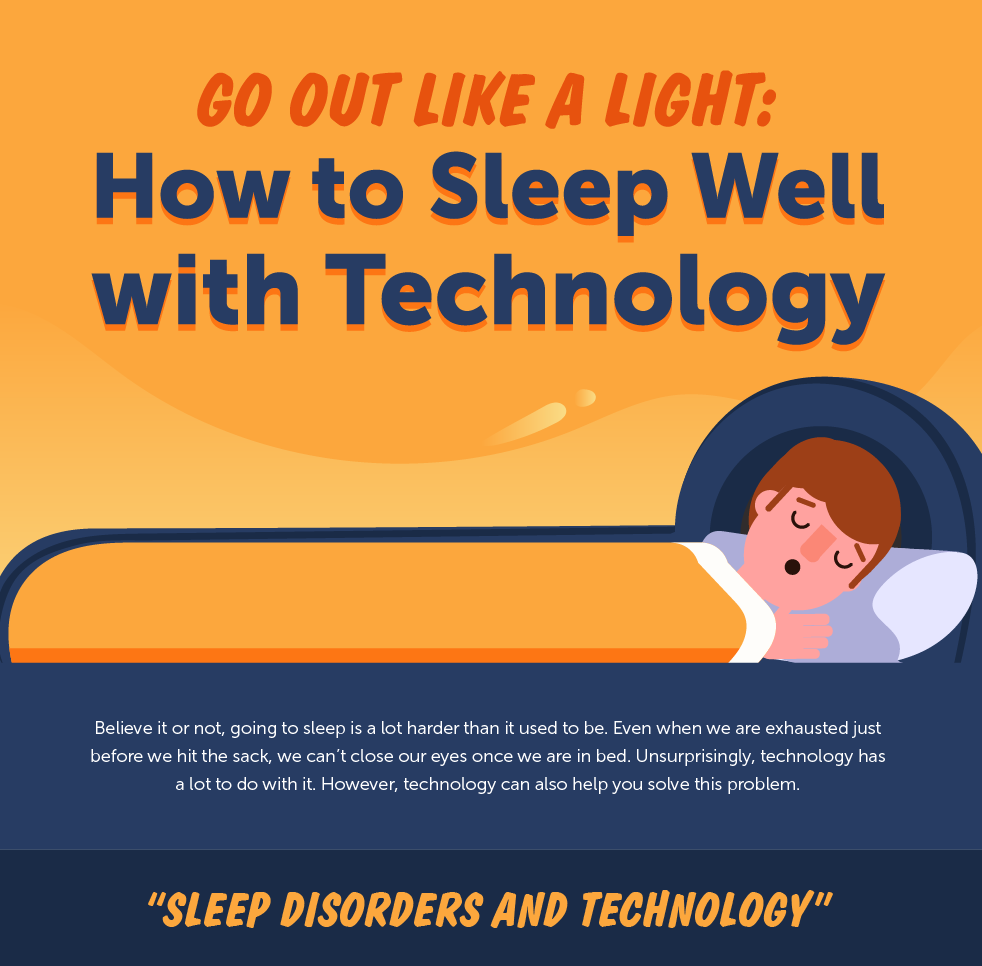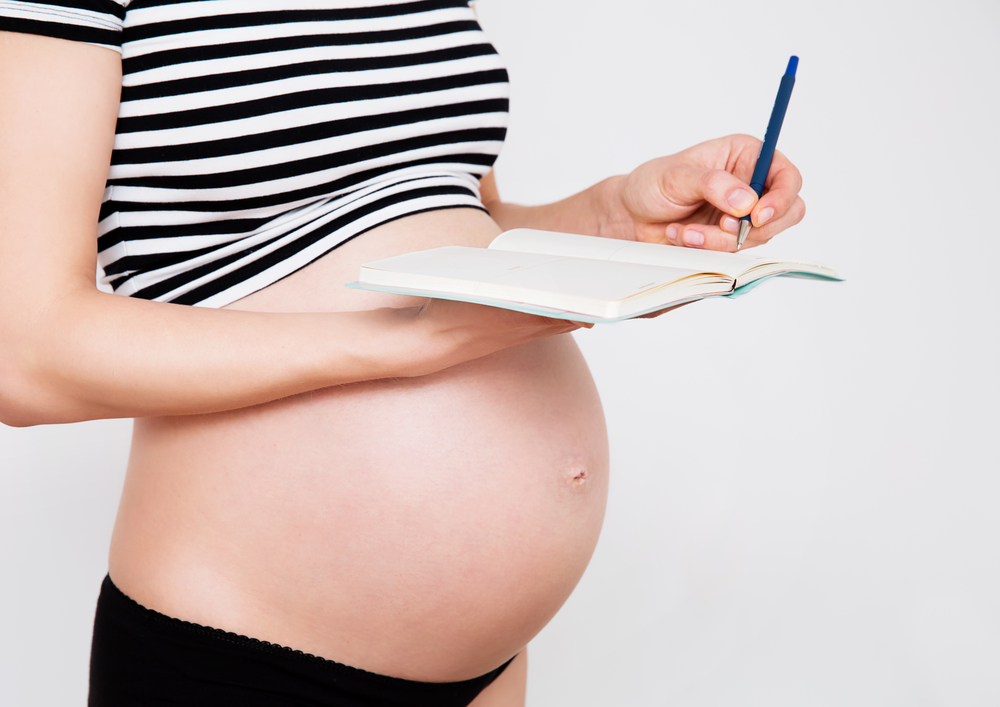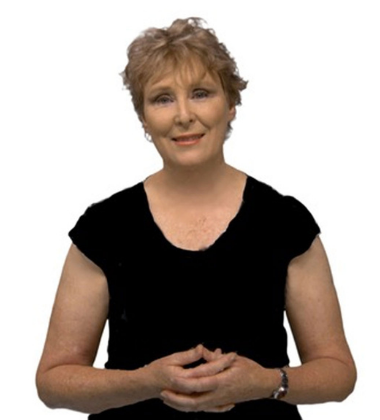You’ve probably heard of some useful gadgets and products that are aimed to help with sleep problems. But have you wondered whether all these innovations in sleep technology are just a fad or a true necessity?
In today’s world, we’re surrounded by technology. From the moment we get out of bed until we put out the lights, and probably even after that, we rely on numerous pieces of technology. From dishwashers to cars to smartphones, technology has become an integral part of our everyday lives. And there’s no doubt it makes everything easier. So what’s the relationship between technology and sleep?
With the growing popularity of mobile devices, most of us are glued to the screens of smartphones, tablets, laptops, and smartwatches. We always have one more email to send, one more article to read, or one more funny clip to watch. Not even at bedtime do we part with our smart devices. But always being connected doesn’t let our brain shut down. When you constantly think about your work, you don’t have an opportunity to relax. In addition, the blue light from screens interferes with our ability to fall asleep.
Although technology might keep us awake, it can also help us have a good night’s rest. In other words, we can fight fire with fire. The infographic below provides interesting insights into the ways we can use sleep technology products to treat some common sleep disorders.
Sleep Disorders on the Rise
More and more people report having some sort of sleep problem. According to the Sleep Forum, 1.2 billion people worldwide experience a variety of sleep issues. About 37% of people unintentionally fall asleep during the day from time to time. In recent years, even young people aged 18–24 have increasingly complained of sleep problems.
Considering that sleep disorders can have serious consequences, it’s vital to diagnose them on time and treat them the right way. As an example, drowsy drivers caused over 72,000 car accidents in 2013.
How Does Technology Affect Sleep?
It’s a well-known fact that artificial light can interfere with our sleep patterns. There’s even a simple explanation to it—the blue light emitted by screens negatively affects our levels of melatonin, a sleep-inducing hormone. Nonetheless, 95% of people use technology within an hour before bedtime. What’s more, 7 out of 10 people sleep with their smartphone in their bed or on the nightstand. It’s shocking that the same percentage of children aged 6–17 sleep with at least one electronic device in their bedroom. As a result, they get less sleep during the night.

Snoring
These annoying snorting sounds occur when the air can’t move freely through the airway, causing your throat tissue to vibrate. Some people are more prone to snoring due to their mouth anatomy, but there are also a number of non-inherited factors, such as alcohol consumption or sleep position. You may also snore if you have a cold or allergy because these problems lead to nasal congestion. The good news is that there are a number of sleep gadgets for snoring on the market.
It’s a prevalent sleep issue—45% of adults snore at least occasionally. Generally, men are twice as likely to snore as women. Fun fact: the loudest snore ever recorded was 92 dB, which is a bit louder than a food blender. With this in mind, snoring doesn’t pose a problem only to the snorer, but to their bedmate as well.
Fortunately, there are several tech solutions that you might consider:
- A Hupnos Snoring Mask detects snoring and then encourages the user to change their sleep position and open their airways.
- The Philips SmartSleep Snoring Relief Band detects when you sleep on your back and prompts you to turn to your side. Philips presented this piece of sleep tech at CES 2019.
- An Urgonight EEG Headband helps people learn to sleep better.

Sleep Apnea
People suffering from sleep apnea, a serious sleep disorder, experience brief pauses in their breathing during sleep. Overweight people and those with enlarged tonsils or adenoids are at a greater risk of this sleep disorder. In addition, frequent alcohol consumption and smoking can lead to sleep apnea.
You might be surprised to hear that 22 million Americans suffer from sleep apnea. What’s more, 80% of the cases of moderate and severe obstructive sleep apnea (OSA) go undiagnosed.
If you believe that you have undiagnosed sleep apnea, then you may want to consider doing an overnight sleep study. For more information, click here.
Some of the effective treatments include the following:
- SlumberBUMP—Since 95% of people with OSA snore, this anti-snoring device is used to train people to sleep on their side.
- BiPAP uses inhale and exhale pressure for treating uneven breathing.
- EPAP technology by Theravent creates gentle pressure in your airway in order to keep it open and reduce vibration.

Insomnia
Insomnia is a sleep disorder in which people have trouble falling or staying asleep. There are numerous causes of this sleep problem, from bright light to chronic stress to depression. It’s one of the most common sleep disorders, affecting 30 million Americans. It may come as a shock that 1 in 4 Americans experience acute insomnia each year.
Luckily, technology comes to the rescue with some amazing sleep enhancing products:
- Sleepio will help you optimize your sleep routine based on your sleep behavior patterns.
- A Good Night Biological LED Bulb eliminates the blue light that negatively affects sleep.
- Ebb Insomnia Therapy cools the forehead to calm down your racing mind and help you fall asleep faster.

Bruxism
Bruxism refers to grinding or clenching teeth unconsciously. There are two types depending on when it happens: awake and sleep bruxism. Teeth grinding is often connected to negative emotions, such as anxiety, anger, or frustration.
This condition affects 10% of adults and 15% of children. If it’s not treated, bruxism can lead to cracked teeth, nerve damage, and temporomandibular joint dysfunction (TMJ). Therefore, here are some of the best sleep gadgets from 2019 for bruxism:
- Bruxi (the Teeth Grinding Detector) is a mouth guard that can be used both for the diagnosis and treatment of this condition. Thanks to its sensors, it detects when bruxism occurs, measures the force applied by the jaw, and identifies which teeth are most affected.
- BruxRelief alerts you to stop grinding when it detects that you’re clenching your teeth.
- A SleepGuard headband makes a gentle relaxing sound every time you start grinding your teeth and reminds you to stop doing that. You just need to practice every day for a couple of minutes to train your mind to react to that soothing sound. You can also read about other similar sleep gadgets and review their features before deciding which one is the best for you.

Circadian Rhythm Sleep Disorders
Circadian rhythm sleep disorders (CRSD) include several different sleep disorders that affect the timing of sleep. People with this type of sleep disorder have difficulties going to sleep and waking up at the times commonly required for work and school. Some causes of CRSD include jet lag, shift work, and some medications.
Delayed sleep-wake phase disorder (DSP) affects 7%–16% of people, while advanced sleep-wake phase disorder (ASP) is less common, with only 1% of middle-aged adults affected. Here are some technical innovations that might be helpful to people with CRSD:
- Swanwick Sleep Swannies are glasses that block blue light from electronic devices.
- The SmartSleep wearable headband, which was introduced at CES 2018, raises sleep technology to a new level. Put simply, it enhances your sleep quality with the help of quiet audio tones.
- Circadian Optics Lumine is used for treating CRSD through light therapy.

Shift Work Sleep Disorder
Shift work sleep disorder is a type of CRSD caused by an atypical work schedule. Its manifestations vary depending on the type of shift work, which can be permanent, intermittent, or rotating.
15% of full-time workers in the US work these shifts, while 5%–10% of shift workers suffer from CRSD. They usually experience excessive sleepiness and difficulty sleeping, which can have long-term negative effects on their health. Therefore, here are a few smart sleep devices to consider:
- A Fitbit Charge HR tracks your sleep pattern and offers good insight into your basic bedtime behavior.
- Withings Aura analyzes sleep cycles, tracks your heart rate, and detects snoring.
- Philips Hue helps your body adjust to a more natural rhythm by mimicking sunlight.

Nightmares
Disturbing dreams are usually caused by stress and anxiety. Other common causes include trauma, upsetting events, a fluctuating sleep schedule, and alcohol consumption. You can also have nightmares if you eat right before bedtime.
80%–90% of people have nightmares at some point in their lives, while 20% of people frequently have nightmares. The solution to this problem might lie in smart bed technology, but there’s also a treatment based on virtual reality.
- The ReScript Treatment is designed to give control to the sleeper over intrusive imagery.
- Smart pajamas, or a “Phyjama,” have sensors that monitor your heartbeat, breathing, and sleep position.
- Smart pillows can learn what the ideal temperature for a sleeper is and adjust to it accordingly.

Sleepwalking
Sleepwalking refers to walking or performing other complex activities while asleep. It occurs during the deep sleep stage. Among other things, sleep deprivation, a noisy environment, and sleep-disordered breathing can lead to this behavior disorder.
Sleepwalking is more prevalent among children than among adults, and it usually disappears by one’s teens. To prevent wandering off in your sleep, you should look for a deep-sleep promoting device. Maybe one of these can come in handy:
- A LectroFan generates warm, robust white noise.
- The Wave Premium Sleep can help muffle disturbing sounds from your environment.
- The Marpac Dohm Classic produces fan-based natural white noise.

Hypersomnia
Hypersomnia is a condition of excessive daytime sleepiness. Depending on its underlying cause, it can be primary or secondary. Primary hypersomnia is usually associated with narcolepsy, idiopathic hypersomnia, and Kleine-Levin syndrome. On the other hand, secondary hypersomnia can be caused by depression, obesity, epilepsy, or multiple sclerosis. About 5% of people suffer from this sleep disorder.
Fortunately, the latest 2019 tech gear includes numerous useful gadgets that can help you improve your sleep pattern. Here are some of them:
- NatureBright SunTouch Plus mimics the effects of a sunny sky in order to boost your mood and energy levels.
- The Vision Care Eye Massager both alleviates the symptoms of dry eye syndrome, and it can have a “hypnotizing effect.”
- EverSleep Smart Sleep Tracker monitors your breathing, detects snoring, and identifies hypersomnia.

How Technology Can Help Us Get More ZZZs
While technology is one of the main culprits for inadequate sleep, it also can be a solution to your wakeful nights. However, which sleep gadgets or products will be most suitable for you depends on your problem. Let’s look at the ten most common sleep issues, their causes, and possible solutions.
Conclusion
Nowadays, more and more people lead hectic lives full of stressful situations. Naturally, this unhealthy lifestyle has taken its toll on our sleep quality. Hopefully, these innovations in sleep technology will help you improve your night’s rest.

You may also like to read:









